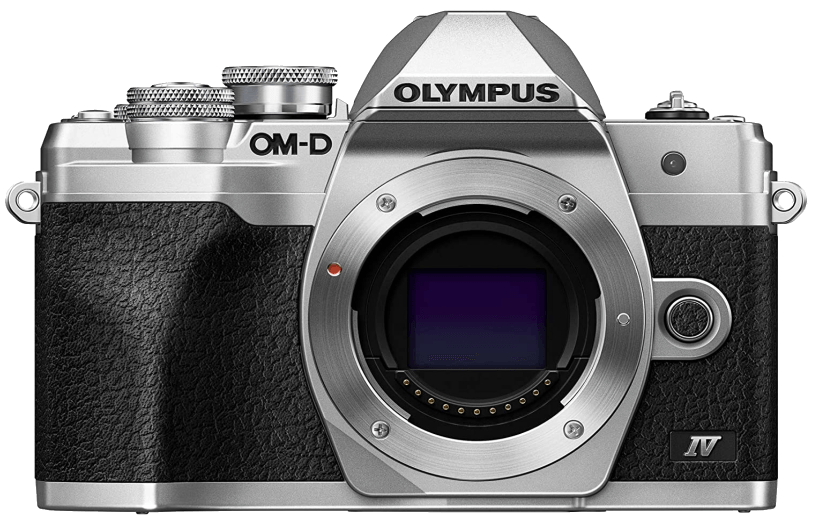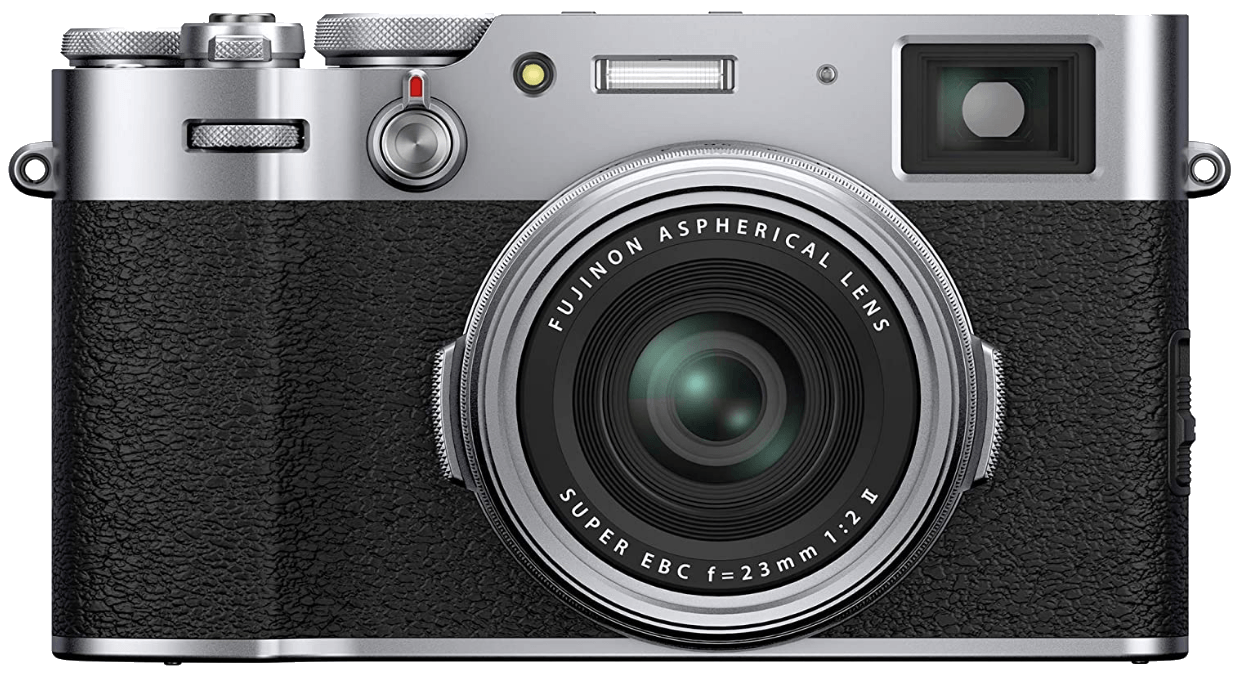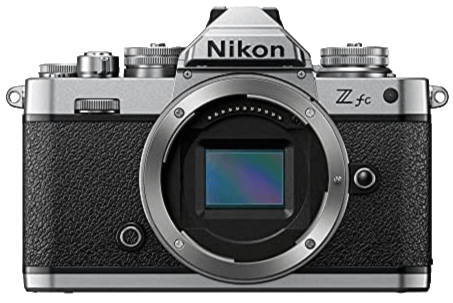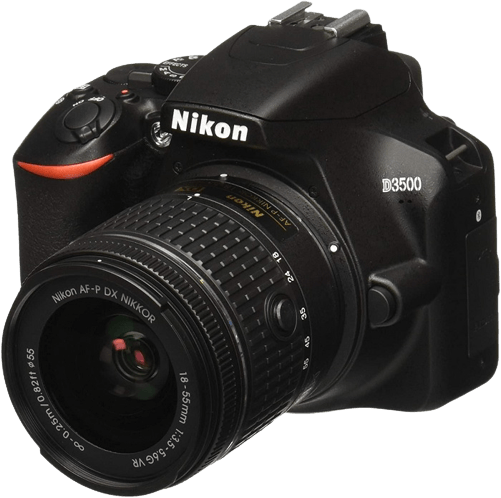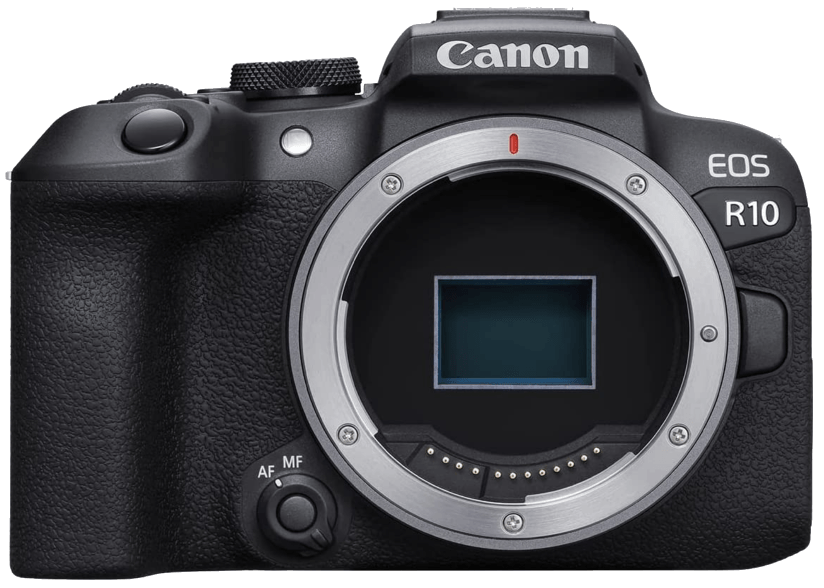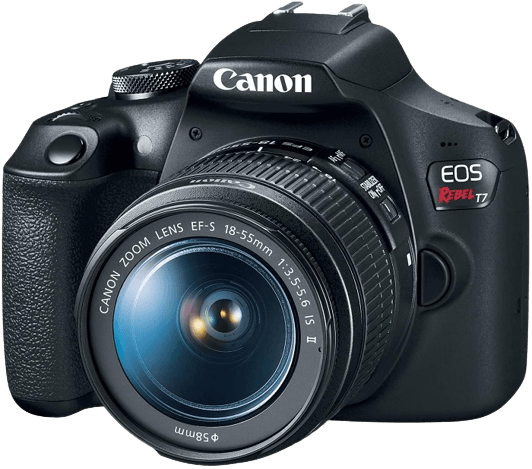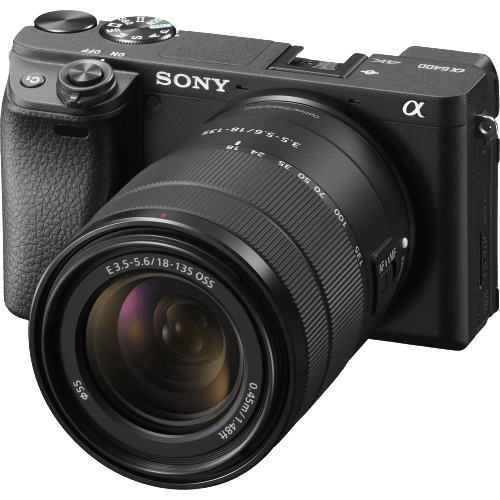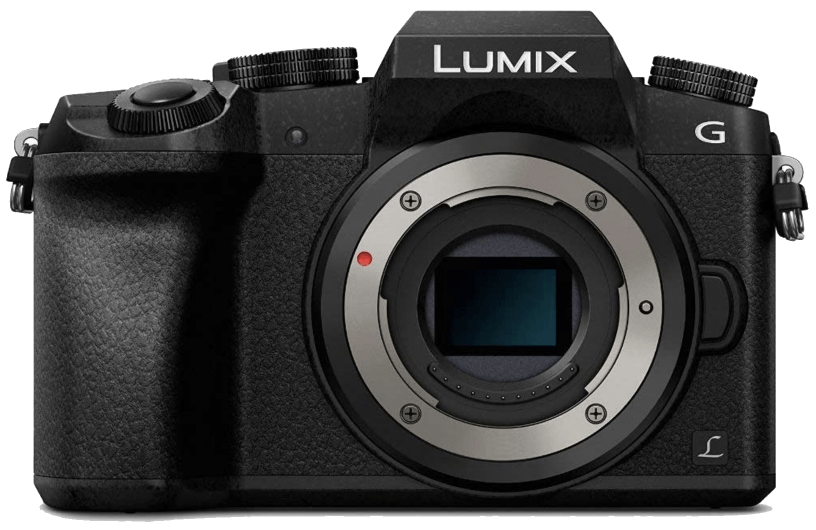It’s tricky, but it’s not impossible. We’ve chosen a range of possible cameras for you to look at. They all offer something for the beginner. And many will continue to satisfy you as your interest, skills, and knowledge progress. We’ve chosen this excellent value mirrorless camera from Olympus as our top pick. It combines great value for money, 4K video, and in-body image stabilization. [Note: ExpertPhotography is supported by readers. Product links on ExpertPhotography are referral links. If you use one of these and buy something, we make a little bit of money. Need more info? See how it all works here.]
What Is the Best Camera for Beginners in 2022?
We’re going to look at the cameras in more detail, but before we do that, here’s a roundup of the ones we recommend. Now let’s dive in and look at those cameras in more detail. Starting with our top pick. If carrying heavy gear isn’t your thing, then this Olympus OM-D E-M10 Mark IV is for you. It’s a mirrorless body and the Micro Four Thirds sensor makes it light and compact. That’s why it’s the perfect option if you love to travel and have limited space in your luggage. Even the lenses for this camera are small compared to the other ones. That means you’d still have a lot of space left in your bag, even if you bring two or three of them. But don’t let the size fool you. The OM-10 is a highly capable camera. It has fantastic in-body stabilization to prevent motion blur (a common issue among beginners). And if you feel like capturing videos of your adventures, then you’re in luck because it even shoots in 4K. It’s definitely a pro-level feature for an entry-level camera. The sensor resolution of 20 megapixels is not class-leading. But in most cases, this resolution is considered decent. Since it also has a small sensor, its limitations quickly become obvious, especially if you shoot in dimly lit scenes. Regardless, this is the best mirrorless camera for you if you want a hassle-free camera to apply your photography skills. And, if you’re shooting mostly in the daytime, you wouldn’t even notice the limitations of the EM-10 at all. You can read our full review here. The Fujifilm X100V is a compact mirrorless camera that knocks it out of the park for style. It’s all brushed aluminum and faux leatherette, with chunky knurled metal knobs. But the retro look conceals many high-tech modern features. The autofocus performance is outstanding, working well even in low-light situations. The 26 MP APS-C sensor gives you high-resolution images. The advanced hybrid viewfinder gives the perks of both optical and electronic viewfinders. You can choose to use the electronic viewfinder (EVF), or the old-school optical one. But why not have the best of both worlds? EVF data can be overlaid on the optical viewfinder. All are selectable with a conveniently placed analog button. The camera is capable of shooting at 11 fps. And you also have 4K video at 30p. The tiltable touchscreen makes video work more convenient. All of this in that gorgeous golden-era body. If you’re interested, you can check out our full review of the Fujifilm X100V here. The Nikon Z fc is a great-looking camera that has an impressive list of features as well. Like the stylish Fujifilm X110V that we’ve just looked at, this Nikon oozes retro cool. It looks like an SLR from a different century. But inside, it’s all modern. A 21 MP APS-C sensor is matched with Nikon’s Z-mount lenses. This means you have a wealth of lens options if your interest in photography grows. Easily accessible knobs provide easy access to the important camera-based exposure elements. So your shutter speed, ISO, and +/- EV settings are right there on the top plate. Even the lens aperture is nicely displayed in an LCD window. A great way to learn. But it’s easy to slap it into fully automatic and let the camera decide. It can rattle away at an impressive 11 frames per second, shoot in 4K video, and has impressive face-tracking autofocus. And if that wasn’t enough, the Z fc’s body is weather sealed to help protect it against the elements. Pair it with the equally retro Nikon Z DX 16-50mm lens, complete with image stabilization, for the complete look. If you feel really unsure as you switch from “auto” on your camera, the Nikon D3500 has a guide mode to help you. And that’s a great idea. All of us here at ExpertPhotography know that understanding what makes a good exposure helps our photography. But we can also remember when it seemed terribly daunting. The D3500 is here to help you. It’s not a camera that will grab the headlines for specifications. It has an unremarkable but adequate 24 MP APS-C sensor and can record 1080p video. The 11 focus points definitely look outdated, and the 5 fps burst shooting is also a little underwhelming. But, what you get is a very well-proven Nikon DSLR. It’s a gateway into a world of interchangeable lenses and Nikon quality. It does everything effectively. You can learn your craft on a camera that will behave reliably. If you decide to take your hobby further, then your next Nikon will feel familiar. And your lenses will fit. The Canon EOS R10 is an ideal camera for beginners. Like most Canon EOS cameras, the handling is excellent. Controls are placed where you need them, and many of them are customizable. One handy feature of Canon RF lenses is the programmable control ring. This allows you to use it, for example, to change aperture, ISO, or exposure compensation. The autofocus system on the R10 is impressive. Its 651 AF points cover almost the whole image area, allowing you to frame your shots with ease. The electronic shutter can shoot at up to 23 fps, and the mechanical one an equally impressive 15 fps. Video can be recorded at 60 fps even at 4K, and 1080p allows 120 fps shooting. The fully articulating screen is really helpful for video work. And its touchscreen is set up so you can use it to select the focus point, even when looking through the electronic viewfinder. All in all, it’s a great contender as a camera for a beginner. It’s not the sort of machine that you would grow out of quickly, even if your interest really takes off. This Canon EOS Rebel T7, like the R10 above, won’t set the specifications world alight. But there’s a reason that Canon dominates the DSLR world and has done for years. Their cameras deliver fantastic results. And this one is ideal for first-time users. First of all, its 24.1 MP sensor delivers excellent image quality. And ultimately, that’s the point. It has great ergonomics and all the main functions are easily and naturally accessible. And the DIGIC 4+ processor handles that data well. There’s no 4K video, but the HD on offer will satisfy most people in most circumstances. And the range of lenses available is equaled only by Nikon in the DSLR world. For learning your craft and taking you on the journey from point-and-shoot to full creative control, the EOS Rebel T7 is a great choice. There’s a reason the Sony a6400 keeps turning up in reviews of the best cameras. It’s one of the most impressive available at the moment. One of the things that impresses me is the autofocus system. With 425 focus points, it tracks eyes and faces with uncanny precision and speed. This is especially valuable with video. Its small size is also an attractive spec. It’s not as small as a compact, especially because of the interchangeable lenses. But it’s not a bulky DSLR and it won’t weigh you down. Those lenses are Sony’s own E-mount. There isn’t the range that you’ll find for other mounts like Canon or Nikon or even the Micro Four Thirds. But there are definitely enough to explore your creativity. Picture quality is excellent and you’d be hard-pressed to find a better combination of portability, flexibility, and performance at the price. If you want to know more, then you can read our full review of it here. On the page or screen, the Panasonic Lumix DMC-G7 looks like a DSLR. In the hand, however, it is way smaller. This is a very neat and compact camera despite its shape. That shape makes it easy and satisfying to hold. And the DMC-G7 delivers excellent quality. The autofocus is quick and reliable. 4K video is there, as is the ability to grab 4K stills from your video footage. And if video is important to you, you’ll appreciate the fully articulating screen and the external microphone port. This is vital for good sound. The 16 MP sensor might not sound that great, but the DMC-G7 delivers superb image quality. With conveniences like focus-point selection via the touchscreen even when using the EVF, it’s an impressive and likable camera.
What to Think About Before Buying a Camera for Beginners
All cameras cater to certain types of people. Even entry-level options have different features that reflect the needs of their intended users. So before buying a camera, it’s crucial to know what you want to do with it first. Do you need a simple device that’s easy to use but still takes beautiful photos? Do you want an option that’s light and compact so you can bring it on your travels? Or perhaps you want a more advanced version that produces professional results without breaking the bank? Consider these questions so you know which features to look for when buying a camera. Not all the options on the list will have what you need, so you need to weigh each camera’s pros and cons. If you’re comfortable shooting in Auto mode, then most of the cameras on our list are perfect for you. Most of them are also light enough to bring on your travels. But they all differ in size, so it’s up to you how big or small you want to go.
Conclusion
Any of the options mentioned in this list are perfect for any type of beginner photographer. Ultimately, it’s up to you to decide which camera you want to get. Some of these cameras offer a clear pathway to more advanced systems. Others are more of an end in themselves. It’s all about finding the best fit for you. We don’t think you can beat the blend of quality, ease of use, and growth potential of our top pick:
